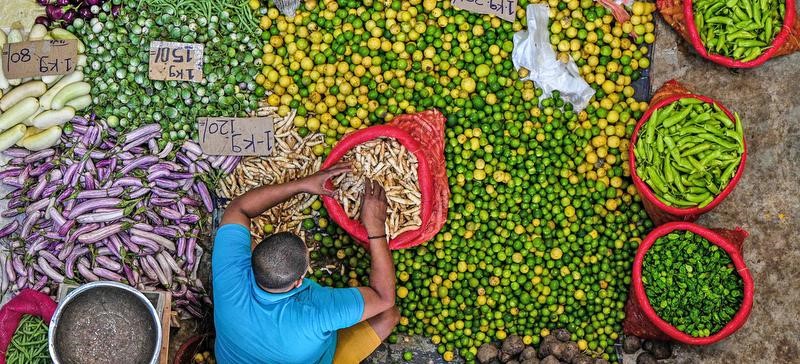Free Courses Sale ends Soon, Get It Now


Free Courses Sale ends Soon, Get It Now



Disclaimer: Copyright infringement not intended.
Context: The International Monetary Fund (IMF) confirmed a $3 billion bailout plan for Sri Lanka’s struggling economy. Negotiations are also being held with Pakistan for a $1.1 billion bailout plan.
Details:
Need for IMF bailout:
Conditions in Pakistan and Sri Lanka:
Reasons:
Impact:
How does the IMF help countries?

Conditions attached to an IMF bailout:
|
PRACTICE QUESTION Q) The IMF’s conditional lending has been controversial as these reforms are too tough on the public. Comment. (250 words) |
MUST READ: https://www.iasgyan.in/daily-current-affairs/international-monetary-fund-imf
https://epaper.thehindu.com/ccidist-ws/th/th_delhi/issues/30152/OPS/GBJB1N4ED.1+GR1B1N9TR.1.html
© 2024 iasgyan. All right reserved